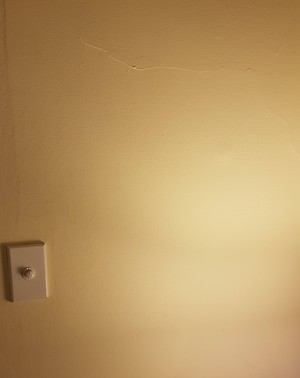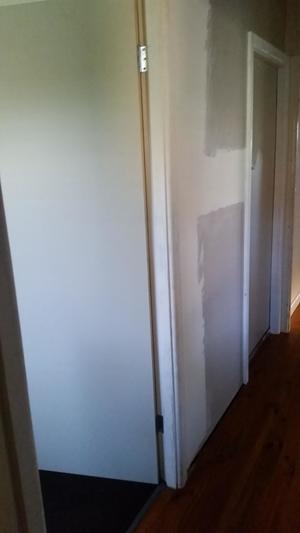Commonly the two are mistaken and not many people really know the difference so we have prepared a brief description of both and what makes them different.
Plaster

Solid plaster is not so common in new buildings but was used quite frequently in older homes. Being more expensive and labour intensive than plasterboard, it is considered a high end finish and also has better acoustic values than drywall/plasterboard.
On timber frame walls, the plaster process begins with thin strips of wood being nailed horizontally across ceiling joists or wall studs. After being mixed the plaster is then applied over the laths creating a smooth finish. For brick walls, plaster is applied straight on to the brick.
Plaster is used for unusual shapes such as rounded walls which would not be able to use plasterboard sheets.
Plasterboard

Simply put, plasterboard is a panel of plaster set between two sheets of thick paper. Obviously, this finish does not provide the same sound block or solid finish as plaster. Plasterboard is used commonly in new homes as it is a cheaper finish and much faster to install. Another advantage is plasterboard walls do not need 4 weeks to dry before painting like plaster.
Commonly known as “drywall/gypsum board/gyprock” it was introduced to Australia in the 1940′, it’s advantages include being lightweight and easy to cut and transport; this is a major plus to home owners because things like wiring cables into walls can be a headache and plasterboard is simple to cut and patch up.
